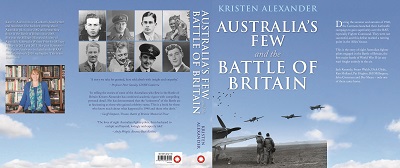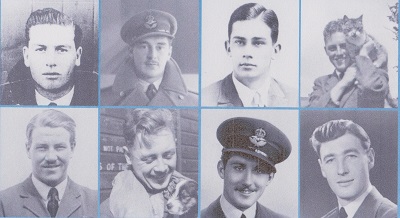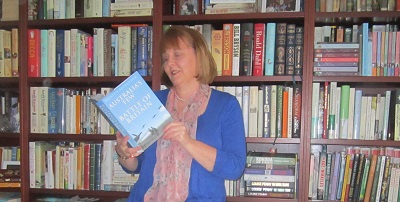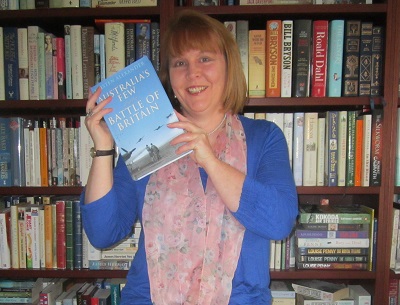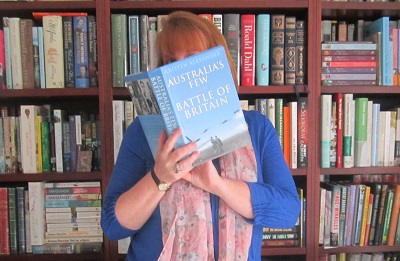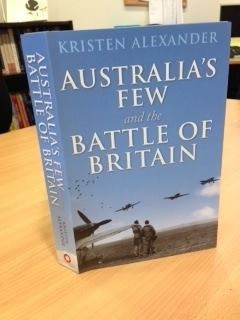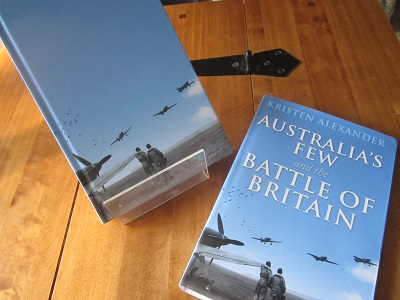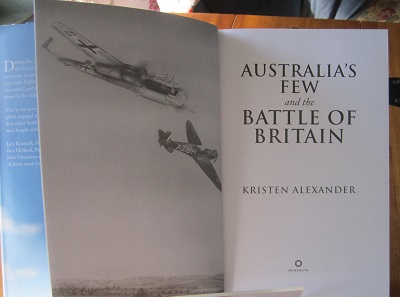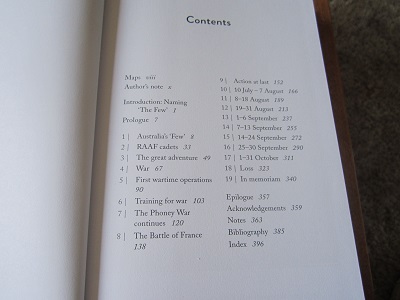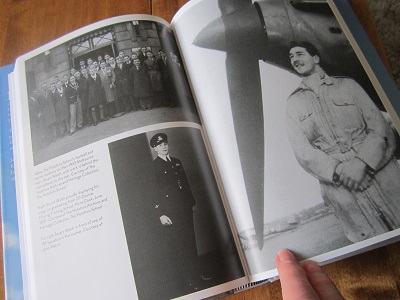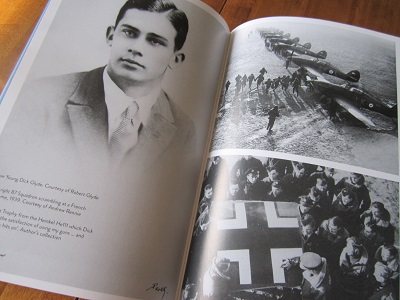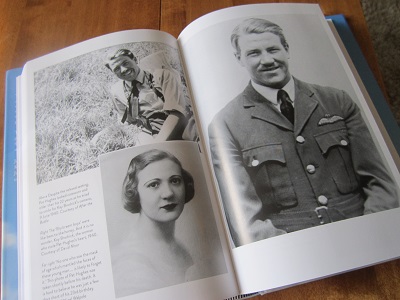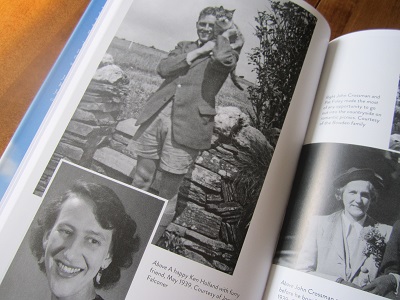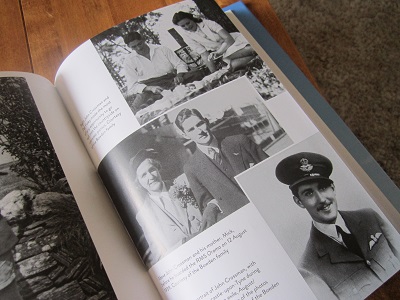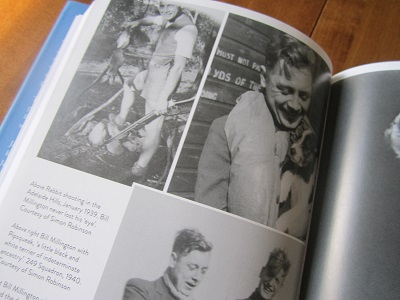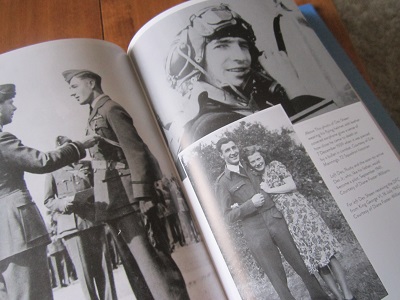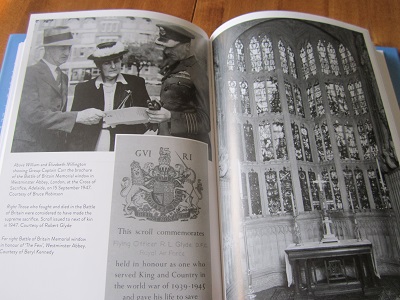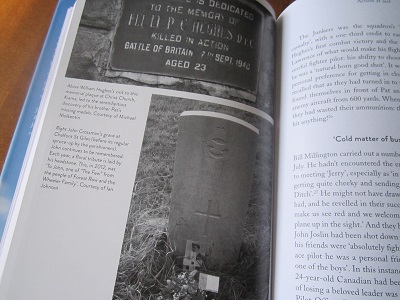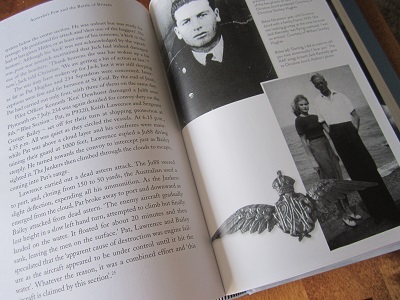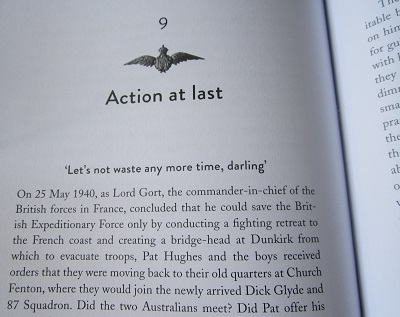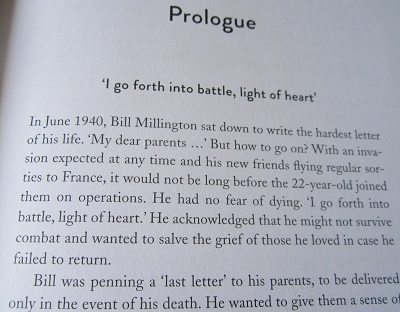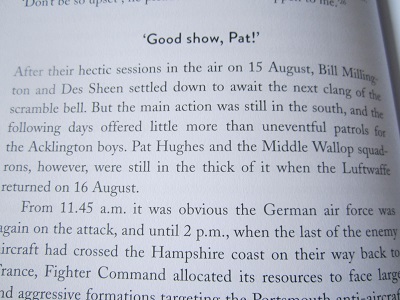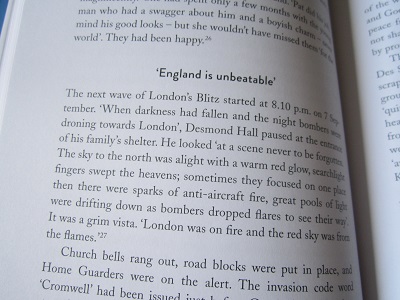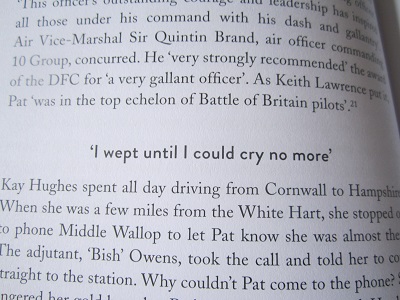The Australian Book Design Awards, will be presented on 22 August. Read more at: http://www.smh.com.au/entertainment/books/undercover-book-news-20140722-zvp4f.html#ixzz38XCJtUh2 But not now. Just wait a moment.
There are
some wonderful covers up for consideration and due acknowledgement. Given the amount
of thought and skill that goes into designing book covers, I thought I would
share a little about that of Australia’s
Few and the Battle of Britain.
Knowing the author has
little input into cover design—and why should I? I am a writer not a designer—I
was content to leave it into the capable hands of the NewSouth team. I did,
however, mention to my editor that I like blue. This of course was a polite way
of saying, I really, really want a blue cover. But it wasn’t just because blue
is my favourite colour, it was because blue has such a deep significance when
we are talking fighter pilots. As I was.
Happily, my subtle hint was taken up and a cover was designed
which reflects the story I tell.
Seven of the pilots in Australia’s Few and the Battle of Britain die and the blue cover
pays tribute to their sacrifice in its allusion to the traditional fighter
pilot farewell: ‘Blue Skies’. But the colour represents even more. It evokes
the ‘burning blue’ of John Gillespie Magee Jr’s posthumously published, ‘High
Flight’. That sonnet, which has become the fighter pilot’s anthem, post dates
the experiences of which I write but it perfectly sums up joy and thrill of
flying. Bill Millington wrote of ‘the intoxication of
speed, the rush of air and the pulsating beat of the motor [which] awakes some answering
chord deep down which is indescribable’. His passion for flying and the RAF
life is akin to Magee’s ‘Up, up the long, delirious, burning blue/I’ve
topped the wind-swept heights with easy grace’.
There is more to a cover than colour. Australia’s Few and the Battle of Britain’s
cover art also tells a story. The watching airmen, counting the Hurricanes as
they take to air, after a heart-pumping, adrenaline fuelled scramble, awaiting
their own call to battle. Some, inevitably, won’t return. The loneliness of the
vista before the watchers hints at the loneliness of combat when it is
essentially one man against another; the loneliness of death in battle and the
endless plunge into a watery grave or conflagration on the ground. We see young
men in the image but women also waited. Some waited a lifetime to be reunited
with their dead spouses and fiancés.
As we turn from the front cover to the back, we see the
eight young men of whom I write. Eight men, all dead now, who wanted to fly.
Some desperately so. All willing to make the ultimate sacrifice. Seven who did.
Their stories come alive once more. These are Australia’s Few who flew into the
‘burning blue’ and ‘touched the face of God’
Thank you NewSouth for getting this cover so right, especially
the talented and perceptive Josephine Pajor-Markus, who had no prompting from me regarding the story
behind the story that is so perfectly told by her design.

.jpg)

 I am so excited. Australia's Few and the Battle of Britain has arrived. What wonderful cover art!
I am so excited. Australia's Few and the Battle of Britain has arrived. What wonderful cover art!